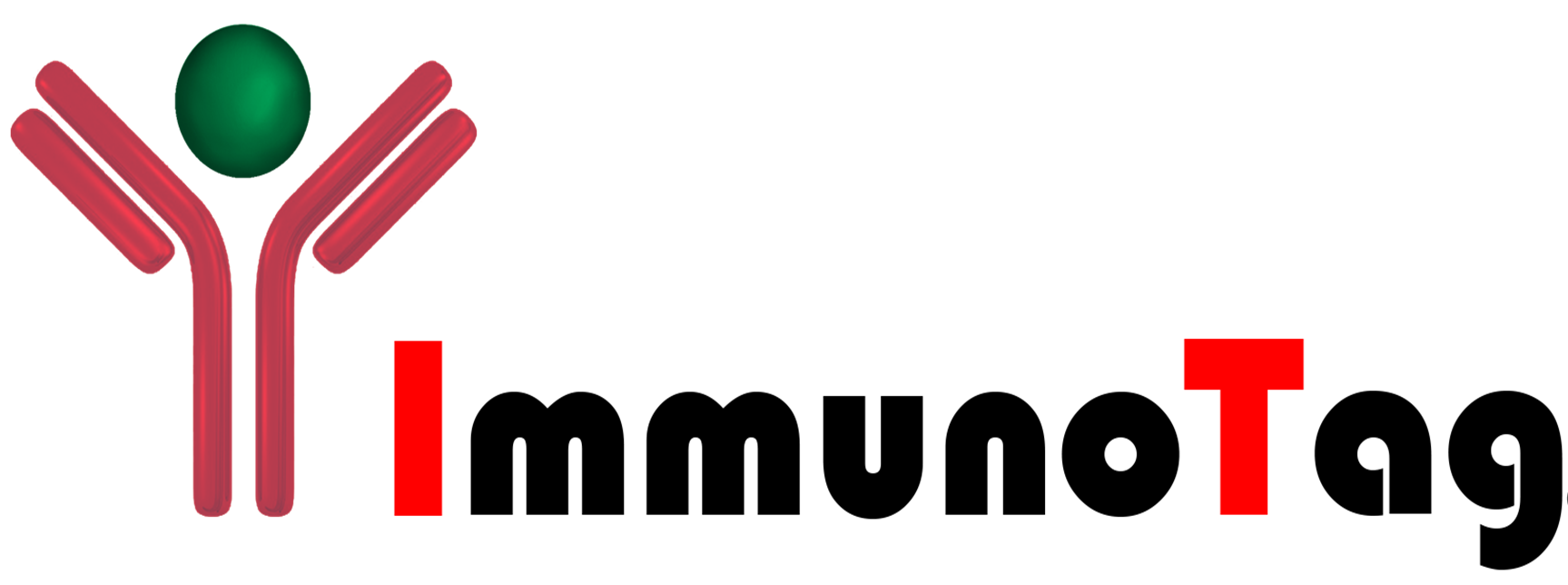Affinity Chromatography
We supply two main groups of affinity chromatography resins. The first group is for the separation and purification of affinity tagged proteins and the second group is for the binding of immunoglobulin molecules.
The separation and purification of proteins has been a major challenge for researchers in the early days of proteomic research. The advances in affinity chromatography have enabled researchers to purify large quantities of highly pure proteins for a multitude of analysis techniques, including crystallography, protein:protein studies and in-vitro assays. Affinity chromatography works by binding a protein, via a reversible interaction, to a specific ligand that is prebound to a solid chromatographic support. The protein(s) are first bound to the column in a buffer that supplies conditions optimal for binding. Unbound, non-specific material is washed away and the protein(s) of interest are then eluted by changing the buffering conditions to induce desorption from the solid support.
A common practice in today’s research is the use of molecular biology to clone our protein(s) of interest into a vector that adds a specific tag to the protein. The most versatile and common tags used are Glutathione S-transferase (GST) snd 6x histidine motif (His-tag).
Affinity chromatography plays a major role in their production of antibodies and antibody-based products. The basis for antibody affinity chromatography is the high affinity and specificity of protein A and protein G for the Fc-region of IgG from a variety of species.
Protein A and G immobilized on chromatography media and are highly effective in isolating subclasses of IgG from ascites fluid, cell culture supernatants, and serum. Protein A and protein G differ in their ability to bind antibodies of different species and subclasses, and are widely used for the routine purification of antibodies.
